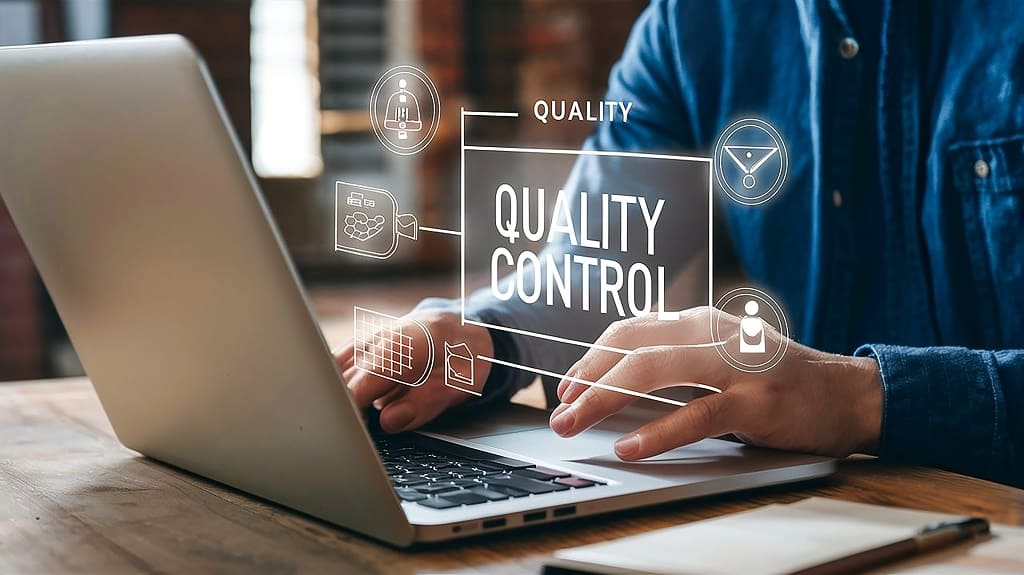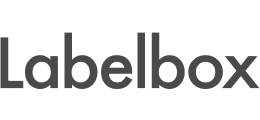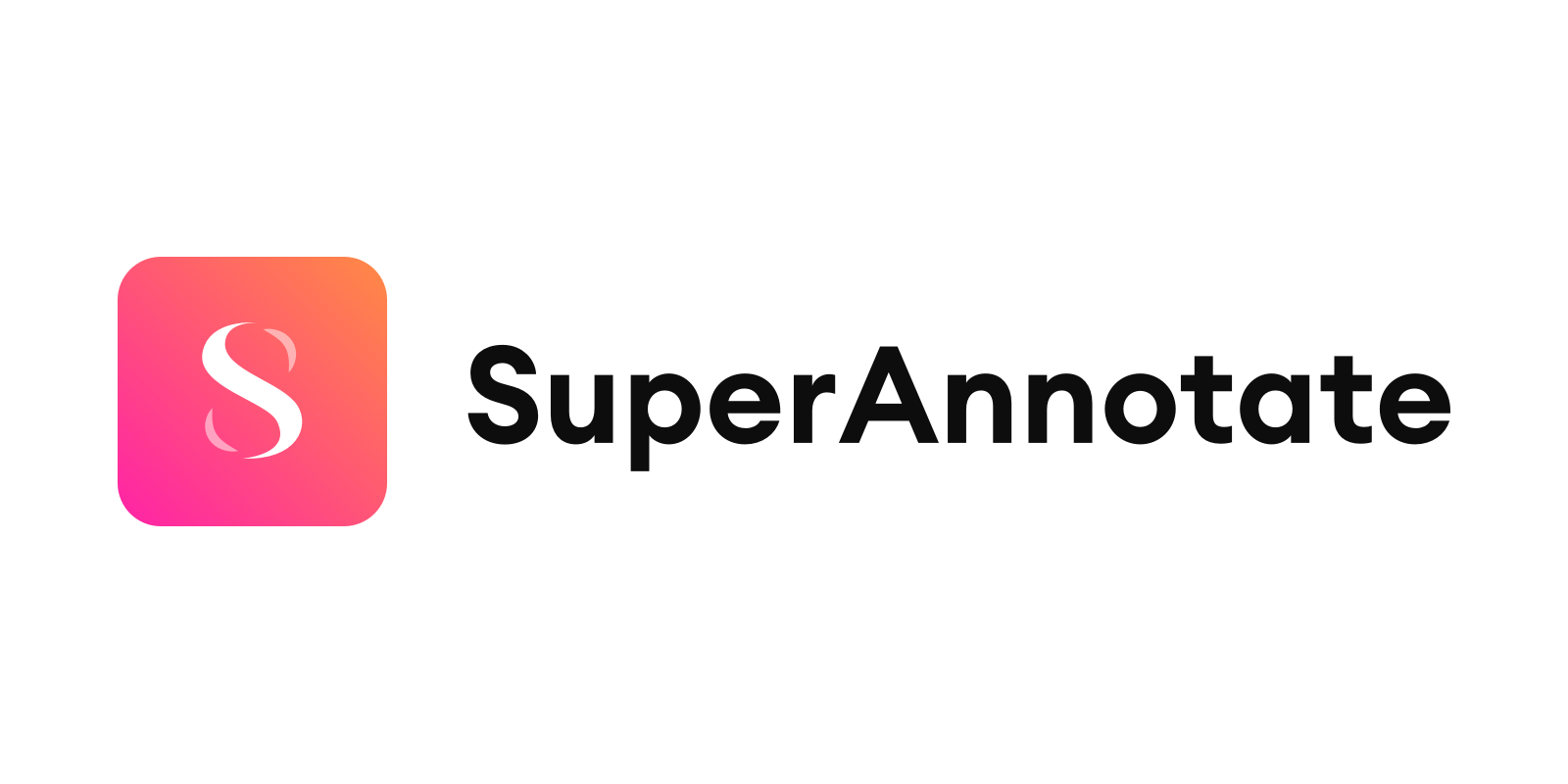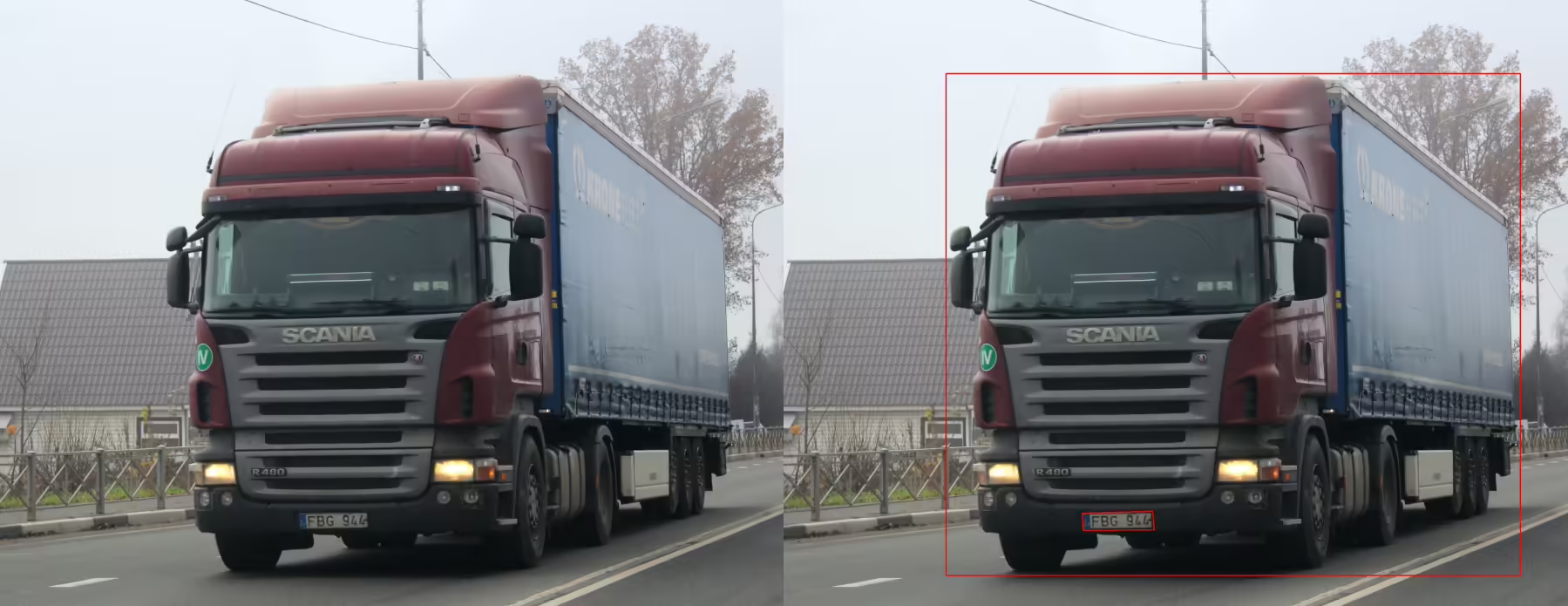Data Annotation Services for ML
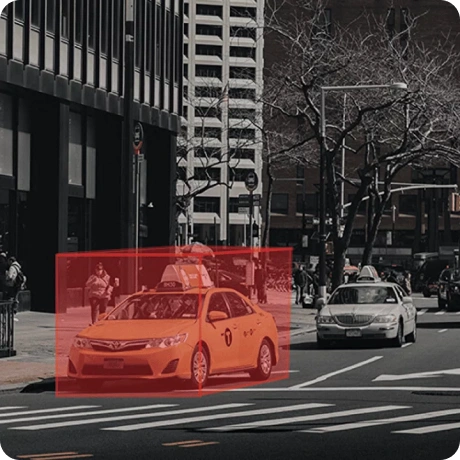
Unidata offers Data Annotation Services to support machine learning and optimize AI performance across industries. Our expert annotators ensure accurate, consistent labeling, delivering high-quality datasets tailored to your project needs
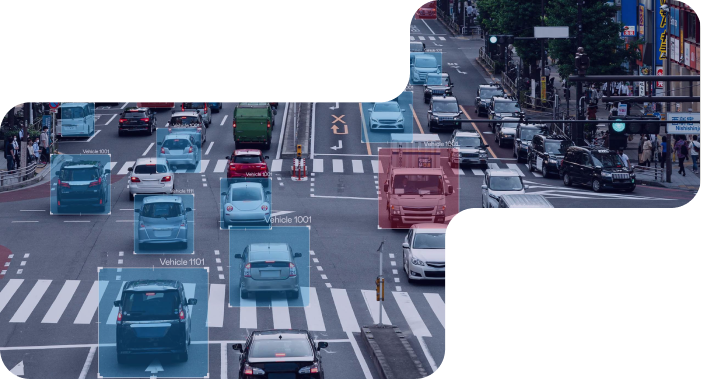
24/7*
- 6+
- years experience with various projects
What is Data Annotation in ML?
Data annotation in ML training services refers to the process of attaching descriptive labels, tags, or metadata to raw data, making it interpretable and usable for machine learning algorithms. This process allows the identification, categorization, and enrichment of specific features or elements within the data, enabling algorithms to recognize patterns, make predictions, and execute tasks accurately across different AI and machine learning applications.How we deliver
data annotation services
Software We Use for Data Annotation Services
When choosing the most appropriate software for data annotation services, we include type of data, the complexity of the annotation tasks, scalability, and the specific needs of the project.Types of Data Annotation
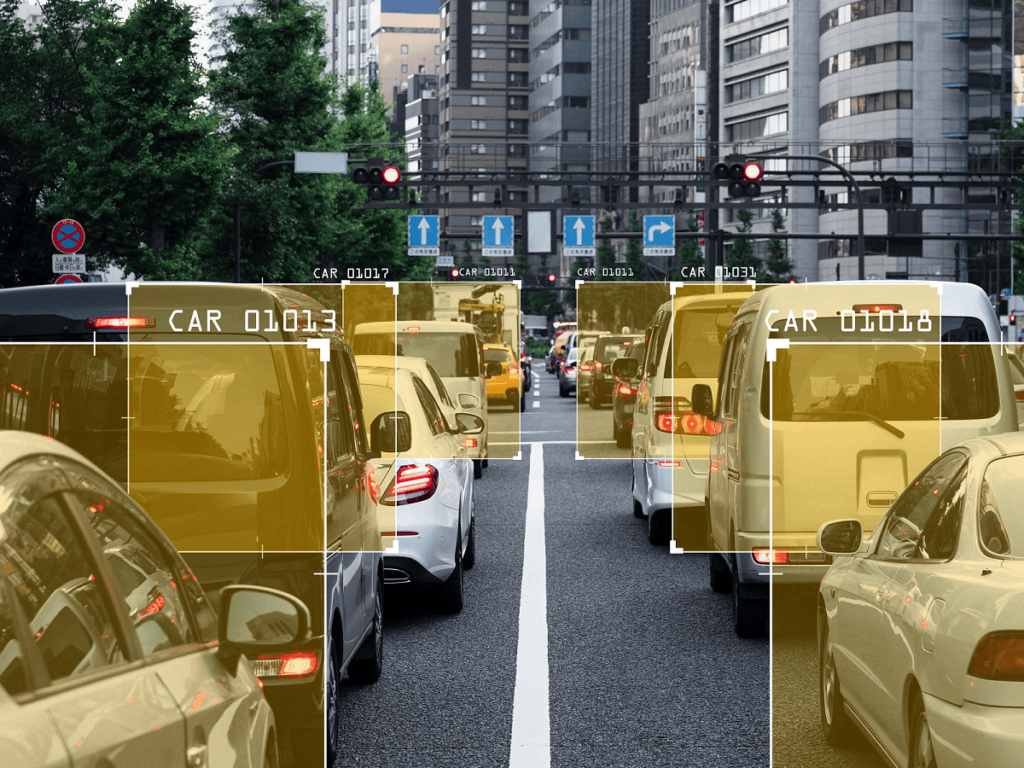
Image Annotation
Involves labeling images with relevant metadata, such as bounding boxes, polygons, or key points, to identify objects, regions, or features within the image. This process allows machine learning models to recognize patterns, classify objects, and make decisions based on visual data, enabling tasks like object detection, image classification, and facial recognition.
Text Annotation
Involves labeling or tagging textual data with relevant information, such as entities, keywords, sentiment, or part-of-speech tags. It helps ML models understand and analyze language, enabling tasks like sentiment analysis, named entity recognition (NER), text classification, and language translation.
Audio Annotation
Includes annotating audio data with relevant information, such as transcriptions, speaker identification, emotions, or specific sounds. This process helps machine learning models interpret and analyze audio signals, enabling tasks like speech recognition, speaker diarization, emotion detection, and sound classification.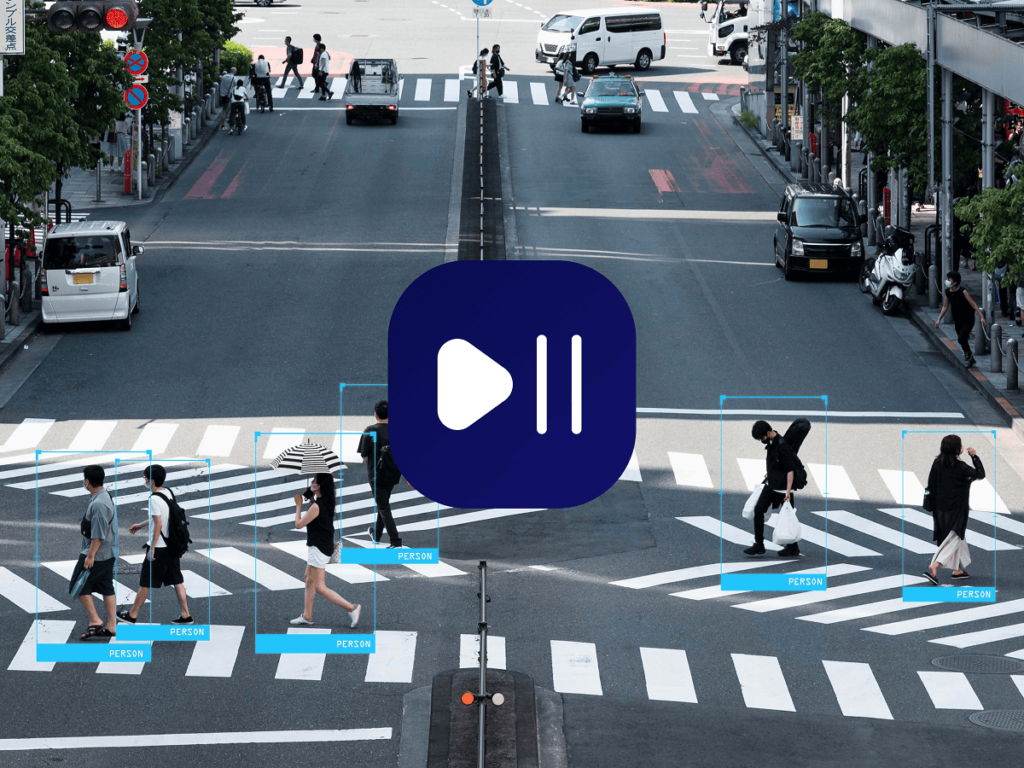
Video Annotation
Involves annotating video data with relevant information, such as identifying objects, actions, or events frame by frame. These tasks allow machine learning models to analyze and interpret moving visuals, enabling tasks like object tracking, activity recognition, scene understanding, and event detection.
Geospatial Annotation
Includes labeling geographic data, such as satellite images or maps, with relevant features like roads, buildings, land use, or vegetation. This process helps ML models analyze spatial information, enabling tasks like geographic object detection, land cover classification, and environmental monitoring.
3D Annotation
Includes annotating objects within three-dimensional data, such as point clouds or 3D models, with relevant information like object boundaries, positions, and classifications. It helps machine learning models to understand and interact with 3D spaces, supporting tasks like autonomous driving, robotics, and augmented reality applications.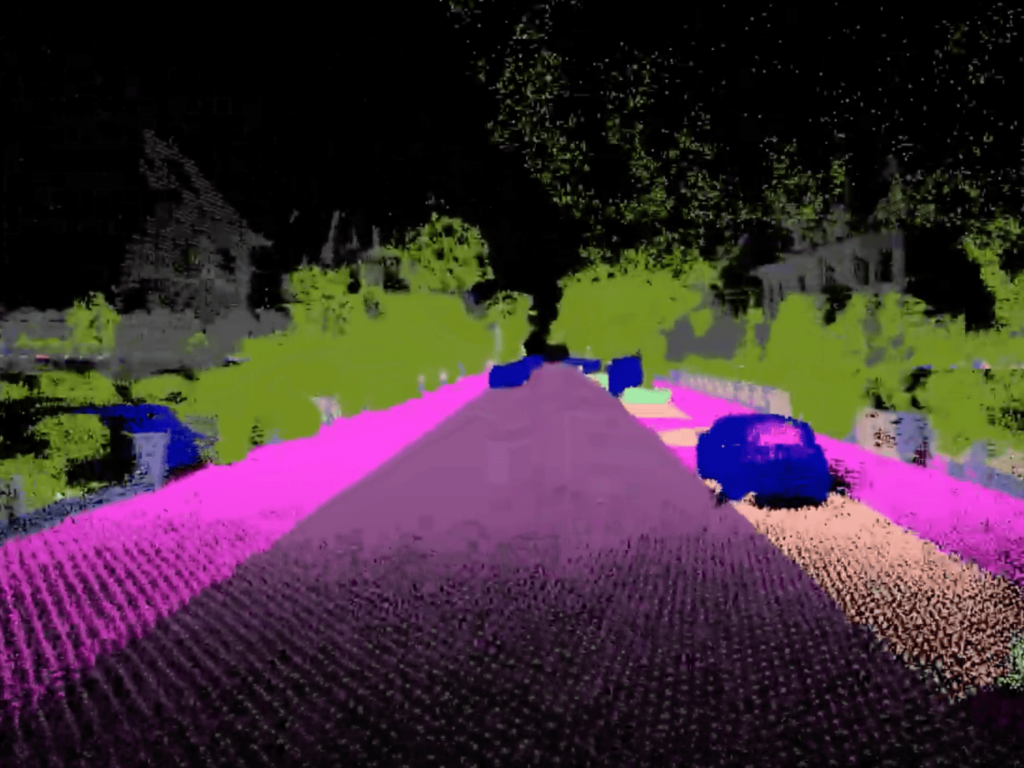
Lidar Annotation
Tagging data captured by Lidar sensors, typically in the form of 3D point clouds, to identify objects, distances, or environmental features. These tasks help machine learning models understand and interpret spatial information, enabling tasks like autonomous driving, object detection, and obstacle recognition in 3D environments.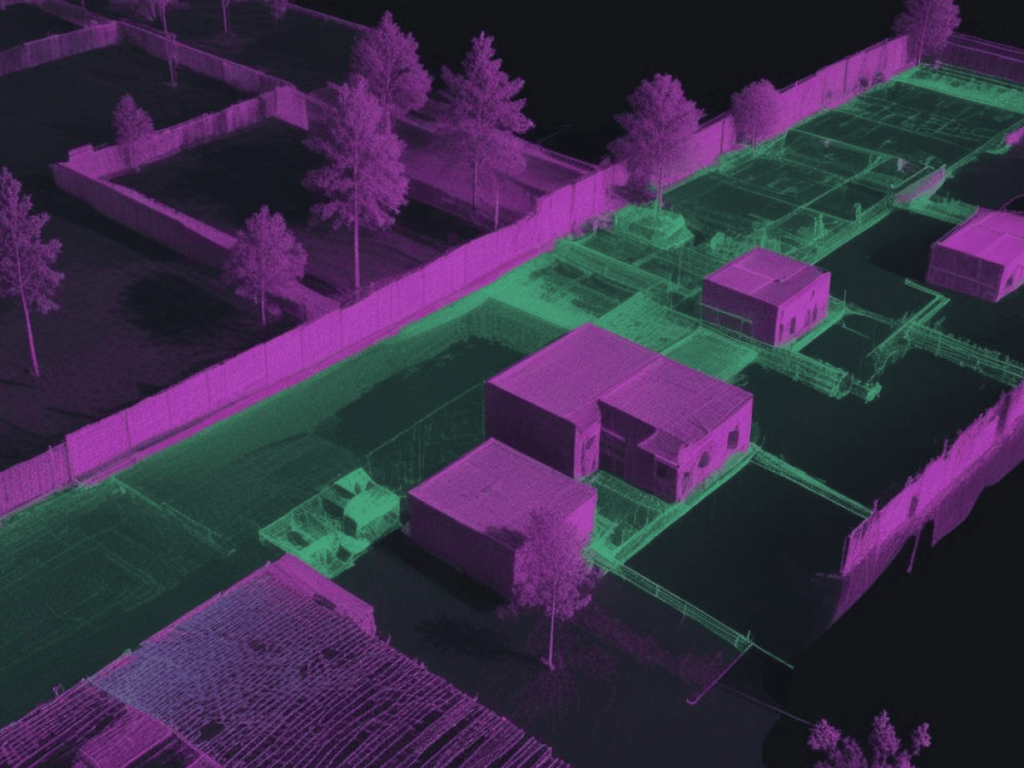
3D Point Cloud Annotation
Annotating data points within a 3D space, typically generated by sensors like Lidar or depth cameras. Each point represents a part of an object's surface, and annotation helps identify and classify objects, shapes, and environments. This process is crucial for tasks such as autonomous driving, robotics, and spatial analysis, where understanding 3D environments is essential.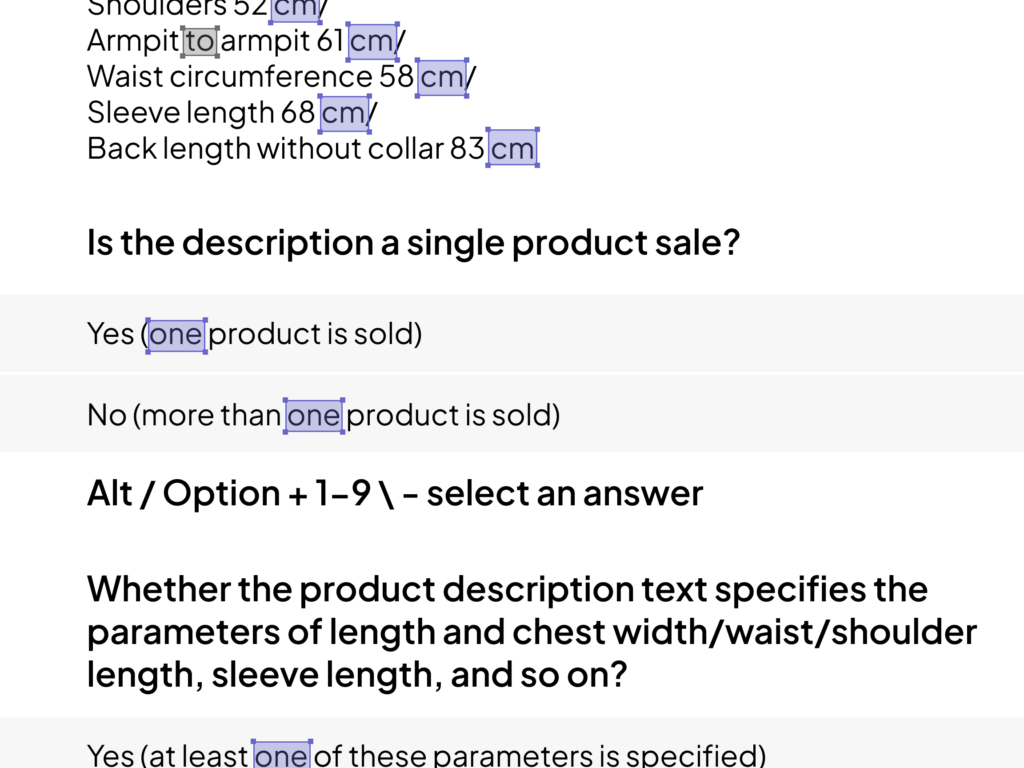
NLP Annotation
Includes labeling textual data with relevant linguistic information, such as parts of speech, named entities, sentiment, or syntactic structures. It helps ML/AI models understand and process human language, enabling tasks like text classification, sentiment analysis, machine translation, and entity recognition.Data Annotation Use Cases
-
 01
01Healthcare
Data annotation helps train AI to understand medical images, like X-rays or CT scans, making detecting things like tumors or fractures easier. By labeling pathology slides, AI can also identify cancerous cells and other issues, and annotating Electronic Health Records (EHR) allows AI to predict outcomes and create better patient treatment plans. -
 02
02Automotive (Autonomous Vehicles)
In the automotive industry, this service is key for training self-driving cars. By labeling objects like pedestrians, other vehicles, and road signs, AI can learn how to detect these things in real time. Additionally, lane markings and road conditions are annotated to improve navigation, and annotating pedestrian movement helps the car avoid accidents by recognizing potential dangers. -
 03
03Retail & E-commerce
For e-commerce businesses, tagging helps make product searches more accurate by labeling product images and descriptions. Annotating pricing and promotional data allows AI to optimize inventory and pricing, and by labeling customer feedback and reviews, AI can assess consumer sentiment, which helps businesses tailor marketing strategies. -
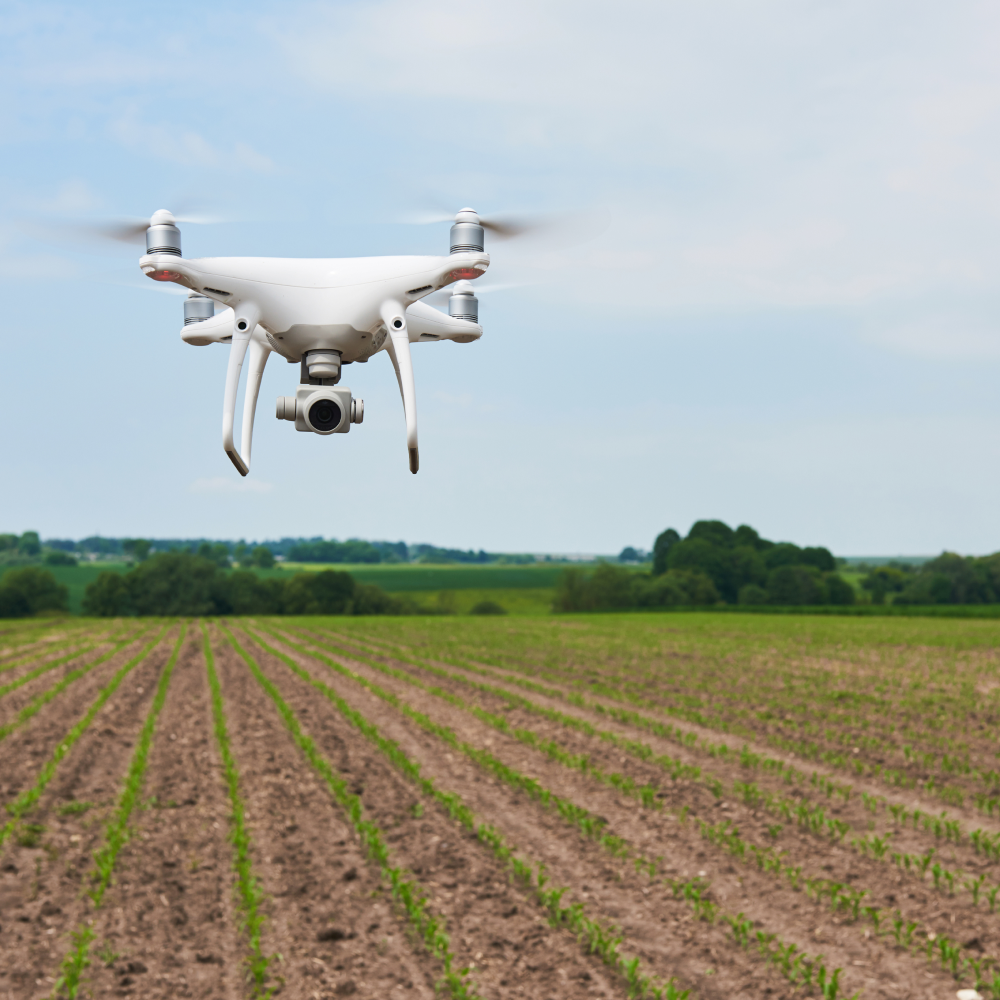 04
04Agriculture
In agriculture, it helps track crop health by labeling satellite and drone images to spot issues like diseases or pests. Labeling crops and weeds allows AI to differentiate between helpful plants and harmful ones, and annotating livestock images helps monitor animal health and behavior to improve farm management. -
 05
05Finance
Data annotation helps AI detect fraud by labeling transaction data to identify suspicious activity. Annotating financial documents like invoices and contracts makes AI better at processing and organizing data while labeling customer profiles helps improve credit scoring and loan decisions. -
 06
06Security & Surveillance
Data labeling plays a huge role in improving surveillance systems. By labeling faces in videos, AI can be trained to recognize individuals for security checks. Annotating video footage for unusual activity helps identify potential threats while labeling license plates in surveillance footage allows for vehicle tracking and law enforcement purposes. -
 07
07Manufacturing
For manufacturing companies, annotation helps improve product quality by labeling images of items on the assembly line to detect defects. Annotating equipment data helps predict when machines might fail, and labeling assembly processes trains robots to work more efficiently, ensuring smooth operations and fewer errors. -
 08
08Entertainment & Media
These tasks are essential in the entertainment industry for moderating content. By labeling videos and social media posts, AI can filter out inappropriate material and ensure safer online spaces. Annotating videos with time-stamped captions makes content more accessible, and sentiment analysis on media content allows companies to adjust their marketing strategies based on audience reactions.
How It Works: Our Process
A Clear, Controlled Workflow From Brief to Delivery
Data Annotation Cases
Why Companies Trust Unidata’s Services for ML/AI
Share your project requirements, we handle the rest. Every service is tailored, executed, and compliance-ready, so you can focus on strategy and growth, not operations.
What our clients are saying

UniData


Other Services
Ready to get started?
Tell us what you need — we’ll reply within 24h with a free estimate

- Andrew
- Head of Client Success
— I'll guide you through every step, from your first
message to full project delivery
Thank you for your
message
We use cookies to enhance your experience, personalize content, ads, and analyze traffic. By clicking 'Accept All', you agree to our Cookie Policy.






